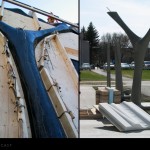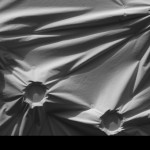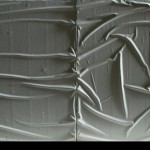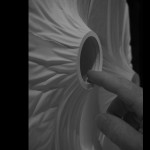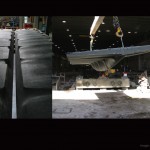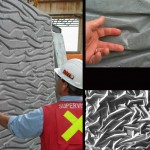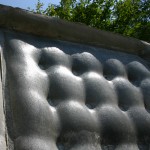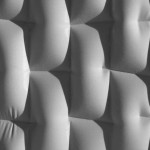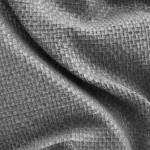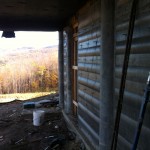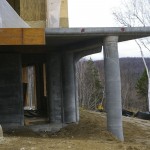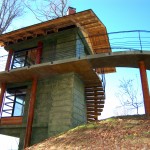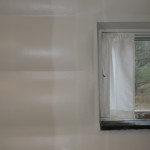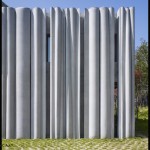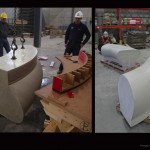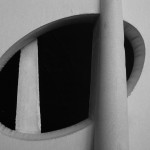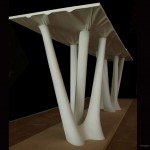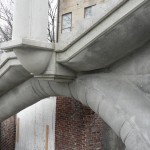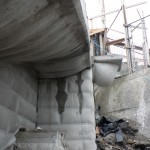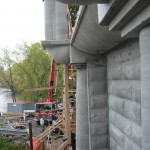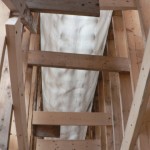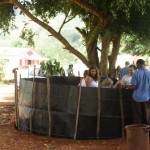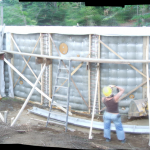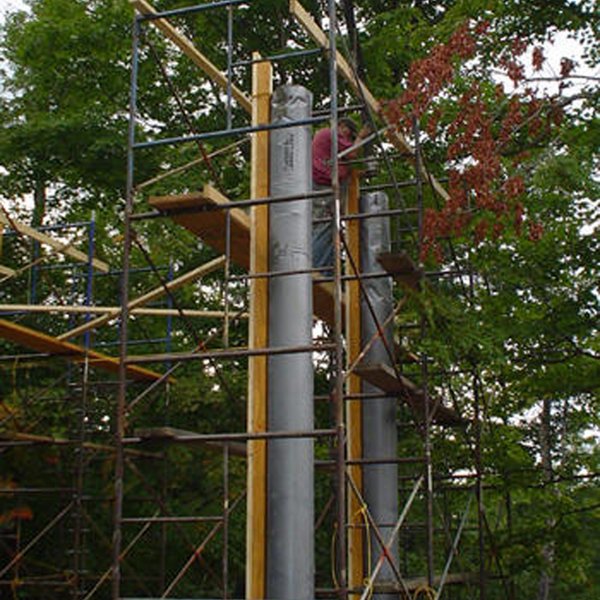
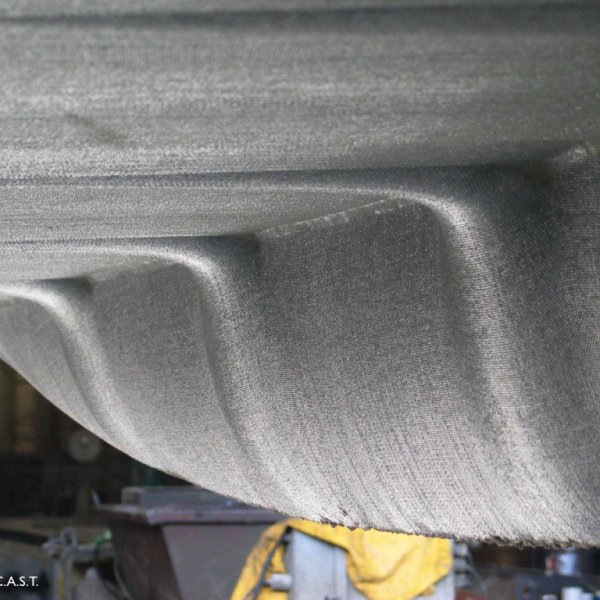
Concrete and textiles
Historically concrete has been treated as either a monolithic stone or as a kind of lithic wood due to the rigid nature of the molds that form it, typically uniform-section prismatic forms.
Textile formworks for concrete construction replace the rigid panels of conventional molds with flexible membranes. Thin, strong, flexible membranes are capable of resisting the wet, heavy nature of concrete with a minimum amount of material. When concrete is cast in fabric, a complex field of tension geometries is automatically generated in the membrane walls. This produces naturally efficient structural curves with new formal possibilities as well as excellent surface finishes. Fabric formed concrete can be used to produce simple architectural and structural elements like columns, panels, walls, beams and slabs but can also be used to produce very sophisticated elements which are not reproducible in conventional concrete formwork such as fabric-formed, thin shell funicular structures.
The geotextile forms are efficient because they work in tension, reducing the amount of form material that is necessary to support the hydraulic pressures of the wet concrete, which results in extraordinary light molds. In addition, when the molds are made and subjected to hydraulic loads, the resulting inverse cast can be designed and manufactured to have the proper shape to resist structural loading. This efficiency in material savings provides real potential for more sustainable construction in both low and high capital economies.
images from Ronnie Araya, C-A-S-T- (Centre-for-Architectural-Structures-and-Technology)
- Mold and final pre cast beam
- Fabric formed concrete wall.
- Benches/planter at Brakman,m Winnipeg
- Geotextile membrane to cast concrete.
